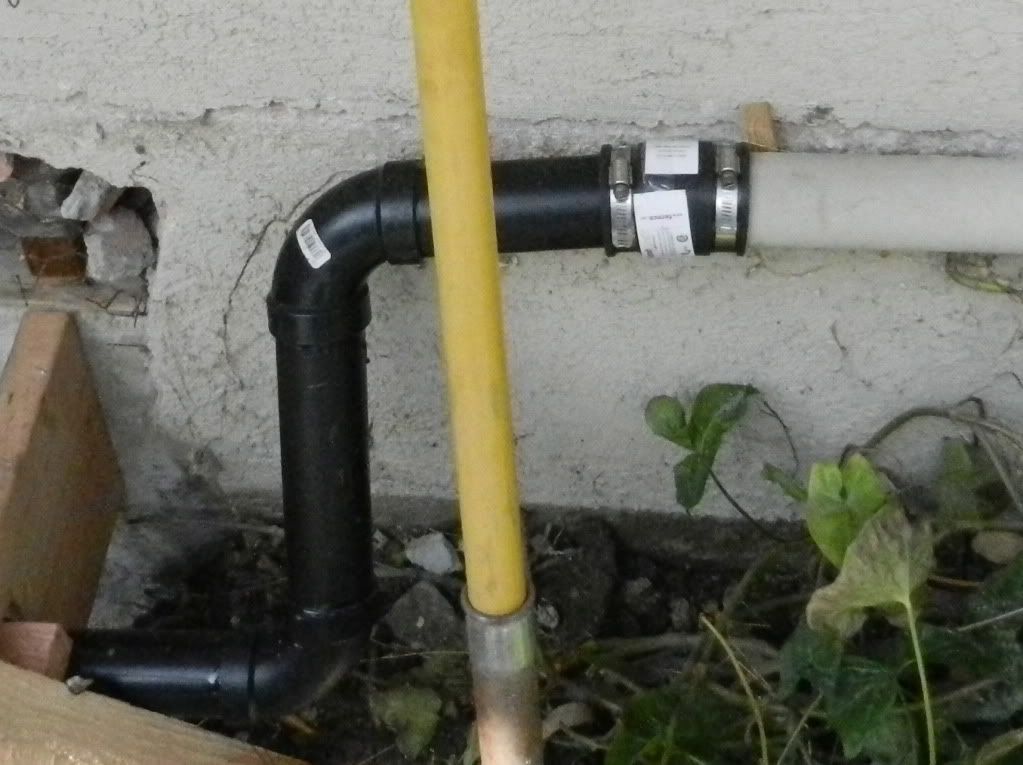Here's another Code question about the use of Fernco flexible couplings:
Section 6.05.6 of the International Plumbing Code says, "Access shall be provided to all flexible water connectors." Does that section apply only to flexible connectors used in water supply plumbing (chapter 6 of the Code)? Or does the word "all" mean it also applies to flexible connectors used in sanitary drains (chapter 7)?
Recently a plumber installed a Fernco coupling between a new bathtub drain assembly (the tub's primary drain pipe, the overflow drain pipe, and a tee joint) and the old trap. (Both old and new pipes are brass, I think.) The only way to reach the coupling is to cut a hole in the bathroom ceiling of the condo below, which doesn't satisfy the Code's definition of "access" if my understanding is correct. One of my concerns is that if the drain ever develops a clog that needs to be snaked, the snake will chew up the coupling. A related concern is that the coupling provides a ledge that may make clogs more likely. The plumber used a power tool to speedily cut through the old pipe above the trap, and I don't know if he bothered to smoothe the jagged edge that the cutter would presumably have left, and a jagged edge may make clogs more likely too. If the coupling were accessible, those concerns could be easily dealt with: simply unscrew & remove the coupling to remove the clog and before snaking.

